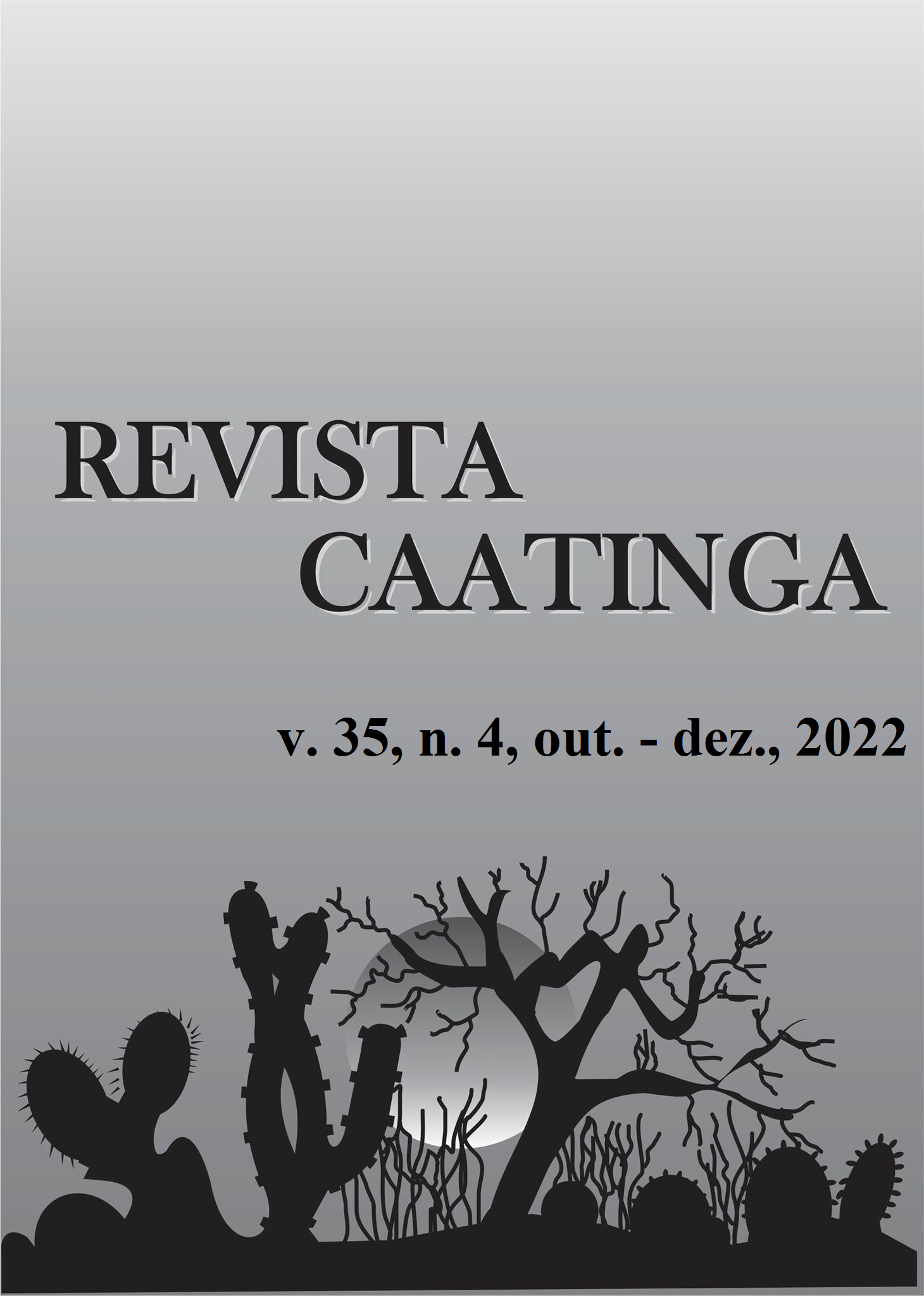HARVEST TIME AS A MODULATOR OF PHYTOCHEMICALS IN SWEET POTATO CULTIVARS FOR THE INDUSTRY
DOI:
https://doi.org/10.1590/1983-21252022v35n423rcKeywords:
Ipomoea batatas (L.) Lam. Browning. Carotenoids. Phenolic compounds.Abstract
As a fresh food, sweet potatoes are highlighted for their taste and appearance. In the industry, they are valued for their starch and sugar content. In both scenarios, much attention has been given to the composition of bioactive compounds. The application of abiotic stresses seems to induce an overproduction of these compounds in some vegetables. The objective was to examine the influence of harvest time on the synthesis and accumulation of bioactive compounds in varieties of minimally processed sweet potatoes with different flesh colors. Sweet potato cultivars (Beterraba, Jerimum, Mãe de Família Roxa, and BRS Cuia) were harvested at 120, 150, and 180 days after planting, then subjected to minimal processing and stored at 5 ºC for 10 days. The most recommended time for harvesting sweet potatoes in semi-arid conditions for minimal processing by the industry is between 150 and 180 days. This is the period when the sweet potatoes exhibit the best quality for fresh consumption, as detected in ‘Mãe de Família Roxa’ and ‘Jerimum’. ‘BRS Cuia’ harvested at 120 days showed the highest phenolic compound levels, the highest polyphenol oxidase and peroxidase enzyme activities, and the most intense browning symptoms. In addition to its starch content, it can be used as a raw material for the extraction of phenolic compounds of interest. ‘Beterraba’ showed low sugar values, rendering them unfavorable for fresh consumption or minimal processing. However, this cultivar also exhibited a high content of carotenoids, making them bio-factories for the food and pharmaceutical industries.
Downloads
References
ALBUQUERQUE, J. R. T. et al. Quality of sweet potato cultivars planted harvested at different times of two seasons. Australian Journal of Crop Science, 12: 898-904, 2018.
ALMEIDA, S. L. D. et al. Polyphenol oxidase and Peroxidase Enzyme Assays In Sweet Potato Cultivars Harvested at Different Times. Revista Caatinga, 32: 537-542, 2019.
AYENSU, J. et al. Nutritional composition and acceptability of biscuits fortified with palm weevil larvae (Rhynchophorus phoenicis Fabricius) and orange-fleshed sweet potato among pregnant women. Food Science & Nutrition, 7: 1807-1815, 2019.
CEVALLOS-CASALS, B. A.; CISNEROS-ZEVALLOS, L. Stoichiometric and kinetic studies of phenolic antioxidants from Andean purple corn and red-fleshed sweet potato. Journal of Agricultural and Food Chemistry, 51: 3313-3319, 2003.
EJAZ, S. et al. Post-harvest nutritional and antioxidant profile of Beta vulgaris L. grown in low emission soilless microgarden system with organic and inorganic nutriments. Revista de la Facultad de Ciencias Agrarias, 49: 19-33, 2017.
FUKUOKA, N. et al. Impacts of cultivation practices on internal browning in sweet potato. The Journal of Horticultural Science and Biotechnology, 94: 805-813, 2019.
JACOBO-VELÁZQUEZ, D. A.; CISNEROS-ZEVALLOS, L. An alternative use of horticultural crops: stressed plants as biofactories of bioactive phenolic compounds. Agriculture, 2: 259-271, 2012.
LICHTENTHALER, H. K. Chlorophylls and carotenoids: pigments of photosynthetic biomembranes. Methods in Enzymology, 148: 350-382, 1987.
LÓPEZ-MARTÍNEZ, J. M. et al. Effects of carrot puree with enhanced levels of chlorogenic acid on rat cognitive abilities and neural development. CyTA-Journal of Food, 18: 68-75, 2020.
MILLER, G. L. Use of dinitrosalicylit acid reagente for determination of reducing sugars. Analytical Chemistry, 31: 426-428, 1959.
NEELA, S.; FANTA, S. W. Veriew on nutritional composition of orange-fleshed sweet potato and its role in management of vitamin A deficiency. Food Science and Nutrition, 7: 1920-1945, 2019.
NICOLETTO, C.; TOSINI, F.; SAMBO, P. Effect of grafting and ripening conditions on some qualitative traits of ‘Cuore di bue’ tomato fruits. Journal of the Science of Food and Agriculture, 93: 1397-1403, 2012.
REYES, L. F.; VILLARREAL, J. E.; CISNEROS-ZEVALLOS, L. The increase in antioxidant capacity after wounding depends on the type of fruit or vegetable tissue. Food Chemistry, 101: 1254-1262, 2007.
SIMÕES, A. N. et al. Delaying the harvest induces bioactive compounds and maintains the quality of sweet potatoes. Journal of food biochemistry, 44: 1-13, 2020.
TANG, Y.; CAI, W.; XU, B. Profiles of phenolics, carotenoids and antioxidative capacities of thermal processed white, yellow, orange and purple sweet potatoes grown in Guilin, China. Food Science and Human Wellness, 4: 123-132, 2015.
VILLORDON, A. et al. Development of a prototype Bayesian network model representing the relationship between fresh market yield and some agroclimatic variables known to influence storage root initiation in sweet potato. Hort Science, 45: 1167-1177, 2010.
Downloads
Published
Issue
Section
License
Os Autores que publicam na Revista Caatinga concordam com os seguintes termos:
a) Os Autores mantêm os direitos autorais e concedem à revista o direito de primeira publicação, com o trabalho simultaneamente licenciado sob a Licença Creative Commons do tipo atribuição CC-BY, para todo o conteúdo do periódico, exceto onde estiver identificado, que permite o compartilhamento do trabalho com reconhecimento da autoria e publicação inicial nesta revista, sem fins comerciais.
b) Os Autores têm autorização para distribuição não-exclusiva da versão do trabalho publicada nesta revista (ex.: publicar em repositório institucional ou como capítulo de livro), com reconhecimento de autoria e publicação inicial nesta revista.
c) Os Autores têm permissão e são estimulados a publicar e distribuir seu trabalho online (ex.: em repositórios institucionais ou na sua página pessoal) a qualquer ponto antes ou durante o processo editorial, já que isso pode gerar alterações produtivas, bem como aumentar o impacto e a citação do trabalho publicado (Veja O Efeito do Acesso Livre).







